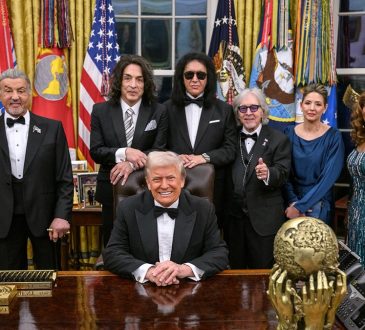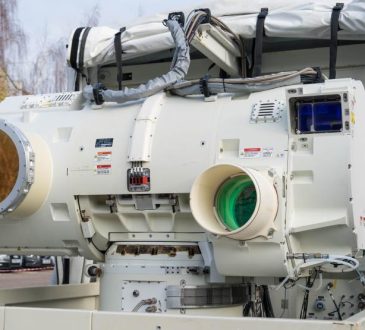The Return of an Alliance or a Battlefield of Interests? Ishiba’s Visit to Trump’s America Holds More Than Meets the Eye

In a move laden with diplomatic weight and economic stakes, Japanese Prime Minister Shigeru Ishiba has touched down in the United States for a pivotal meeting with President Donald Trump. The agenda? Deepening cooperation on defense and the economy—two pillars of the Japan-U.S. relationship that have historically defined global power dynamics. However, lurking beneath the polished veneer of state visits and diplomatic courtesies lies a saga of protectionist policies, corporate warfare, and an alliance under evolving strains.

The High-Stakes US Steel-Nippon Steel Deal: A Test of Trump’s Protectionist Resolve
A central subplot in this meeting is the contentious proposed merger of US Steel and Japan’s Nippon Steel. The deal, blocked last month by former President Joe Biden on the grounds of national security, has found an adversary in Trump as well.
Trump, known for his ‘America First’ rhetoric, has consistently opposed foreign takeovers of U.S. industrial assets, particularly in sectors he deems vital for national security. In a move signaling his stance, Trump met with US Steel CEO David Burritt before Ishiba’s arrival—a decision that speaks volumes about his intent to keep the American steel industry under U.S. control.
Nippon Steel, on the other hand, has doubled down on its claim that the merger is in the best interests of US Steel. “I hope that the Ishiba-Trump meeting will convey that to Trump and open the way for a deal,” said Nippon Steel Vice Chairman Takahiro Mori. But can the Japanese Prime Minister persuade the American president, whose economic nationalism remains a defining feature of his leadership?
The Defense Dilemma: A Strategic Alliance Under Pressure
Beyond steel and corporate mergers, Ishiba’s visit underscores Japan’s indispensable role in Washington’s Indo-Pacific security strategy. The U.S. maintains a formidable military presence in Japan, with over 60,000 military personnel stationed in the country under the 1960 Mutual Cooperation and Security Treaty. Yet, Trump’s stance on international defense spending has been unequivocal—he wants U.S. allies to contribute more.
For Ishiba, this is a diplomatic minefield. Japan has historically relied on U.S. security guarantees, but with Trump’s transactional approach to alliances, the expectation for Japan to ramp up its defense spending is clear. This meeting will likely shape Japan’s next steps in military investments and commitments in the Asia-Pacific, where tensions with China and North Korea continue to loom large.
Diplomatic Tightrope: Ishiba’s Balancing Act
“I’d like to confirm in my meeting with the president that Japan and the U.S. will cooperate in the economic and security fields; that we will work together toward peace, and developing freedom and openness in the Indo-Pacific region and beyond,” Ishiba stated ahead of the summit.
But behind the diplomatic phrasing lies a deeper reality—how much ground is Ishiba willing to cede to keep Trump on his side? Japan’s investments in the U.S. are extensive, and securing favorable terms in economic cooperation while maintaining the security umbrella is no small feat.
For Trump, this meeting is equally significant. It marks the first visit by an Asian leader since his return to office, setting a precedent for U.S. relations in the region. Given his transactional foreign policy style, Ishiba will likely be met with clear expectations rather than mere diplomatic pleasantries.
The Verdict: A Relationship at a Crossroads
As the world watches, the Ishiba-Trump meeting could redefine U.S.-Japan relations in the years ahead. Will Ishiba manage to navigate Trump’s economic and defense demands while securing Japan’s interests? Or will this meeting reinforce protectionist barriers and leave Japan searching for alternative strategies in an increasingly complex geopolitical landscape?
One thing is clear: this is not just a diplomatic visit—it’s a test of strategy, endurance, and the future of an alliance that has long been a cornerstone of global stability.




